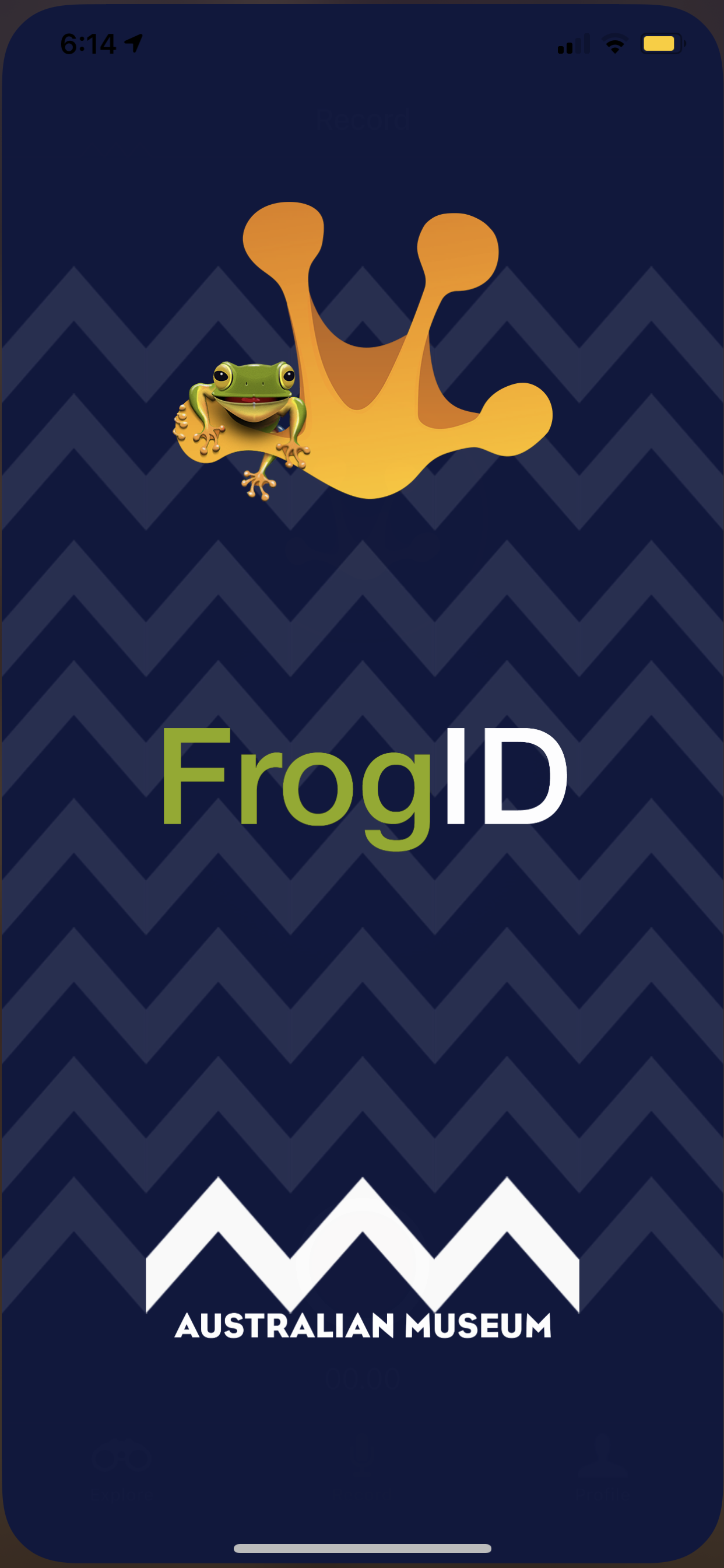Citizen Science
There are fun and interesting ways everyone can get involved with helping scientists research, restore and protect our environment and its communities of plants and animals.
Australian Museum Frog ID https://www.frogid.net.au
Frog ID week - November 6-15, 2020
A great opportunity in a wonderful wet Spring to record frogs in your local pond, dam, lake, drain, creek, river .. any waterway.
The Frog ID app identifies the species you’ve recorded and lets you know via email. Become a citizen scientist and help researchers gather valuable data by downloading the Frog ID app and recording your local frogs.
Every recording contributes to the annual ‘audioshot’ of Australian frogs, and helps measure the health of our frogs and environment.
FrogID is a national citizen science project that is helping us learn more about what is happening to Australia’s frogs. All around the country, people are recording frog calls with nothing more than a smartphone.
FrogID Aims
- Establish a nation-wide database of frog calls to document the true species diversity, distributions and breeding habitats of Australian frogs with high geographic coverage, and spatial, temporal and taxonomic accuracy never before possible.
- Monitor frog distributions over time, help understand how frogs, and their ecosystems, are responding to a changing planet
- Inform conservation prioritisation and land-use planning decisions in Australia.
- Connect the public with nature and raise awareness of the frogs and biodiversity conservation, facilitating participation in scientific research.
Canberra Nature Map
https://canberra.naturemapr.org
“The citizen science platform.
NatureMapr is an innovative, Australian cloud software platform that helps organisations collect, manage and analyse information from the natural world.
NatureMapr is relied on by governments, local councils, biodiversity experts and environmental groups across Australia.”
Australian Museum - DigiVol
“Decipher our collections, discover hidden archives and contribute to knowledge. Join our community of volunteers”“
DigiVol is a crowdsourcing platform that was developed by the Australian Museum in collaboration with the Atlas of Living Australia.
DigiVol is used by many institutions around the world as a way of combining the efforts of many volunteers to digitise their data.
This data may be in the form of museum object labels, field notebooks and diaries, recording sheets, registers or photographs (eg from camera traps - .volunteers can ‘transcribe’ images by identifying animals and their behaviour in the images.
Wandiyali DigiVol Expeditions coming soon
Birdlife Australia
National Bird Week 2020 - October 19-25, 2020
Aussie Backyard Bird Count - https://www.birdlife.org.au/get-involved/whats-on/bird-week
“The celebration of National Bird Week has its origins back in the early 1900s when 28 October was first designated by our predecessor, the Royal Australasian Ornithologists Union, as the first ‘Bird Day’. BirdLife Australia organises and promotes Bird Week with the goal of inspiring Australians to take action and get involved in bird conservation efforts.”
Fallen branch survey https://fennerschool.anu.edu.au/research/projects/how-many-potentially-dangerous-branches-fall-eucalypts
A PhD candidate at the ANU Fenner School is conducting research to find ways that will reduce the risk mature eucalypts pose to people and infrastructure in urban environments. To gather as much data as possible from across the east coast of Australia, we are asking for your help as a citizen scientist.
For this study, we are seeking measurements from:
- Mature eucalypts of a circumference greater than 160cm (measured at breast height or approximately 1.3m above the ground).
- Trees in areas where branches that fall from the tree are unlikely to be removed (e.g. nature reserves, ex-farmland sites, your own private property).
The goal for citizen scientists is to take measurements of every branch (of circumference greater than 8cm) dropped by their chosen trees over the period of up to one year. Branches that are this size or larger can pose a risk to people. For this study we are including trees from the Eucalyptus, Angophora, Corymbia and Lophostemon genera from across the whole east coast of Australia.
If you are based in Canberra, you can record your initial tree sighting with Canberra Nature Map or via the NatureMapr app for Apple and Android phones). Enter a sighting for a gum tree as per usual, and Cara will see the new listing and contact you with an identification number. For consequent branch measurements, please use the Data Sheet.
Echidna CSI
Echidna Conservation Science Initiative
EchidnaCSI is a citizen science project aimed at understanding more about our beloved echidnas through the public's help. So far, we have received over 8000 echidna sightings and over 500 scat submissions.
Download our free app and take pics of echidnas and their poo!
App download:
Australian Museum: Australian Citizen Science Association
https://citizenscience.org.au/?fbclid=IwAR10bgDlkykXcuycbXLc-RaNiTUyrQVna1D8hPbdWL_dqIwoNRB8ol8jcGA





